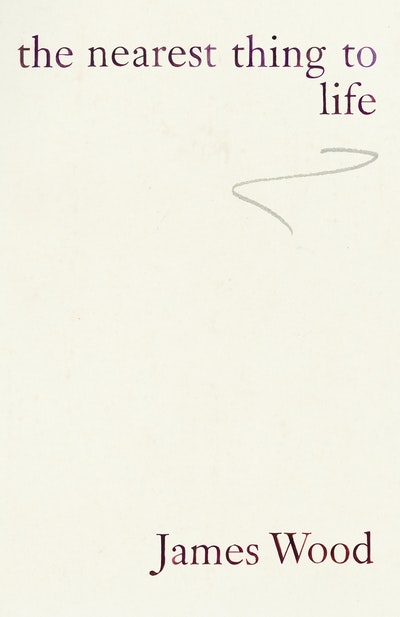- Published: 1 April 2009
- ISBN: 9781845950934
- Imprint: Vintage
- Format: Paperback
- Pages: 240
- RRP: $26.99
How Fiction Works
- Published: 1 April 2009
- ISBN: 9781845950934
- Imprint: Vintage
- Format: Paperback
- Pages: 240
- RRP: $26.99
This compelling essay shows just how deeply, sensitively, imaginatively and joyfully he reads
Scotland on Sunday
There aren't many book reviewers whose leaving one magazine to go to work for another would make the headlines. But then there aren't many book reviewers like James Wood
Sunday Telegraph
Luminous... full of top-notch observations from the coal-face
D.J. Taylor, Independent on Sunday
Enchanting... Witty, concise, and composed with a lovely lightness of touch
Economist
Exceptionally illuminating... brilliantly acute and enticingly widely read work. It should be compulsory reading for anyone in the reviewing trade and committed to memory before aspiring writers put pen to paper. For those who intend to pursue the underrated calling of reading fiction without wishing to add to its ranks, it will not only make reading more pleasurable, but articulate what you may have felt but never been able to express
Rosemary Goring, Herald
James Wood is Britain's lost literary critic. It's impossible to read this book and not want immediately to turn back to the authors he discusses...and read more of them, more closely, yourself. And very little literary criticism achieves that
Evening Standard
Intelligent, well-read and extremely confident
Guardian
Should find a place on every novel-lover's shelf. It has the quality all useful works of criticism should have: refined taste, keen observation, and the ability to make the reader argue, passionately, with it
John Sutherland, Financial Times
Fondly and delicately pieces back together what the deconstructors put asunder
Observer
Displaying a playful exuberance wonderfully at odds with the dry, jargon-strewn tradition of academic criticism, this deft, slender volume analyses how novelists pull rabbits out of hats
The Economist











